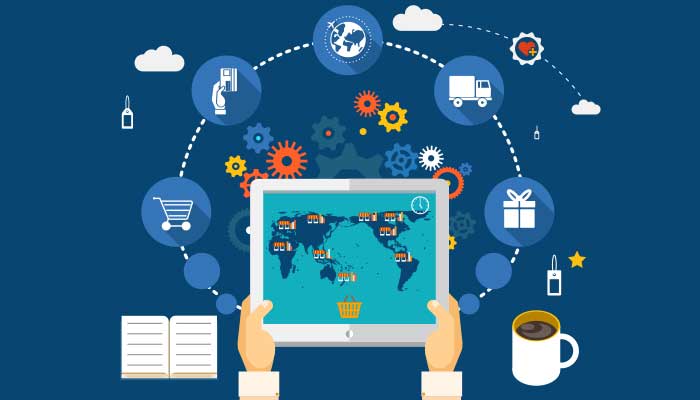Supply chain as a profession has matured a lot over the past few years. The ease of doing business has become more  sophisticated, making it possible for companies to outsource critical functions which were earlier essential to be conducted in-house. This, in turn, facilitates the ease of doing business and lets a company work more on its core functions. One of the driving forces behind this change is that those consumers who had little idea about the supply chain mechanism earlier, rely on these to behave ethically and minimize impact to environmental changes. These ongoing supply chain trends set the base for transforming the global marketplace significantly in the year 2017.
sophisticated, making it possible for companies to outsource critical functions which were earlier essential to be conducted in-house. This, in turn, facilitates the ease of doing business and lets a company work more on its core functions. One of the driving forces behind this change is that those consumers who had little idea about the supply chain mechanism earlier, rely on these to behave ethically and minimize impact to environmental changes. These ongoing supply chain trends set the base for transforming the global marketplace significantly in the year 2017.
A number of manufacturers too have come of age, and have started to realize that supply chain management is directly linked to a better customer experience. The trends can be diverse, but they are still interconnected. Consumers today seek for a seamless shopping experience, and expect consistency and transparency in every transaction they make. To make sure that you aren’t left behind in today’s fast-paced competitive world, you can start following certain supply chain trends, such as:
- Supply Chain Digitization: Retail transactions worth hundreds of billions of dollars are made over the World Wide Web today. This shows that there are many more digital customers existent online, and their number is surging every day. This, in turn, has also made it essential for all businesses to mark their presence online. The linear supply chain is changing and is powered by cloud as well as mobile connectivity.
- Inspiring Retail Technology: Artificial Intelligence and Augmented Reality are two of the most implemented technologies that are certain to assist retailers to drive their business ahead over the internet in the future.
- Flexible Software Infrastructure: A flexible software can facilitate the everyday business goals of a company and help it drive more business. If your software isn’t flexible, you could be left working around functions that hold little or no use to you.
- Use of Analytics: Analytics are meant to help companies make better, well-informed decisions on a daily basis. This, in turn, can help in identifying best practice improvements.
- Collaboration, Automation & Integration: It is essential for every dynamic supply chain to deal with multiple systems, companies as well as the movement of data between the channels. System integration, use of automation techniques and collaboration between concerned entities thus work as integral measures to devise a seamless supply chain process.
For more on supply chain trends, join Joe Lynch in a webinar, titled ‘2017 Supply Chain Trends That Will Transform the Global Marketplace’. Joe will talk about the top supply chain trends in 2017 which will transform the global supply chain. You will gain an understanding of supply chain trends that will significantly impact businesses during the next 2-5 years. Doing so will help you prepare and make changes to make the best of these emerging new trends.




